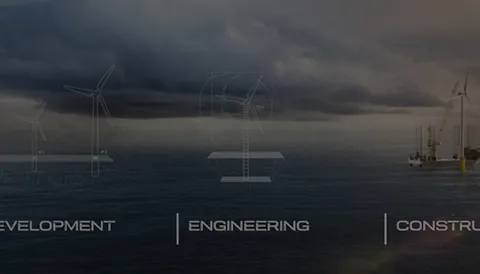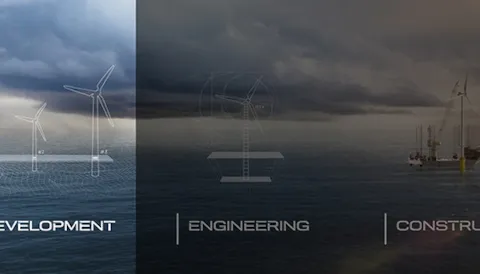DNV identifies slow yaw response using high-frequency wind turbine data
EUR 7,000 per year saved as a result of identifying non-optimal yawing at a single wind turbine.
Three key benefits:
- A single wind turbine was identified has having erroneous yawing behaviour
- Slow yawing response was costing EUR 7,000 per year in lost revenue
- DNV’s yaw optimization service does not require costly hardware installation
The customer challenge
Taaleri is an investor and manager of 1.6 GW portfolio of renewables assets in Europe, the US and the Middle East. Taleeri had concerns about the performance of a subset of its fleet and requested that DNV investigate a range potential issues, including yaw alignment.
The yaw system of a wind turbine is responsible for the orientation of the wind turbine rotor towards the wind. Yaw misalignment is a concern for many wind farm owners and operators as it can be notoriously difficult to detect. When operating correctly, a wind turbine constantly tracks the wind to ensure that it is extracting the maximum amount of energy at any given time. Unfortunately, in certain circumstances, a wind turbine might not be aligned with the wind flow and consequently is unable to extract as much energy. Therefore, a wind farm may be losing revenue without the owners and operators ever knowing.
DNV’s solution
DNV’s yaw optimization service employs the high-frequency data recorded by a wind turbine to identify yaw misalignments and non-optimal yawing behaviour. A key feature of this service is that it does not require the installation of additional hardware, which can be costly.
Benefits to Taleeri
DNV identified that one turbine had a very different yawing behaviour than the other turbines in the wind farm. It appeared to be taking much longer to yaw each time the wind changed direction. As well as having a slow yawing response, the same turbine had three times as many yaw operations than the other turbines and was also reporting far more yaw-system-related alarms. All the data and investigations pointed to mechanical resistance in the yaw mechanism. This particular issue was costing the Taleeri EUR 7,000 per year in lost revenue.




